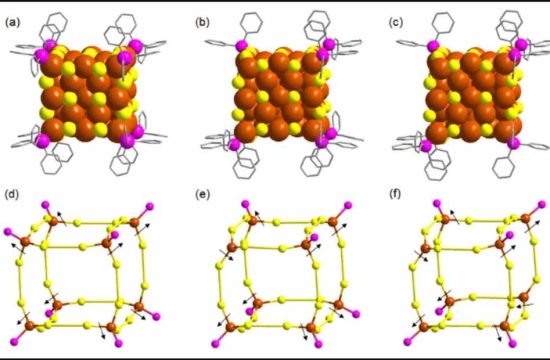Coronavirus (#COVID-19) Can Persist in Stool after its Clearance in Respiratory Tract, Recent Study shows . The Faculty of Medicine at The Chinese University of Hong Kong (CUHK) has conducted stool test for People in Quarantine Camps for Early Identification.
Accoriding to press release, CUHK analysed more than 300 specimens (including sputum, nasopharyngeal swabs, deep throat saliva, blood, urine and stool) from 14 Hong Kong patients confirmed with COVID-19 and discovered that the virus was detectable in the fecal samples of all patients, regardless of the degree of illness.

Three out of 14 patients still had viruses in their stool samples even though the virus was no longer found in sputum, nasopharyngeal and deep throat saliva samples. This finding suggests that virus shedding in stool is common and can be an alternative screening tool. Importantly, we should not overlook the potential risk of environmental contamination by virus shedding in stool.
In view of our finding, CU Medicine will in the first stage screen stool and saliva for 100 asymptomatic close contacts admitted to the quarantine centers. This will help determine whether stool test can effectively detect COVID-19 in asymptomatic persons.
During the research, Researchers collect , all Studied Patients Have COVID-19 Virus Detected in their Fecal Samples . The following results has seen during research.
- Sputum has the highest amount of coronavirus, more than 300 times as found in deep throat saliva.
- All patients had their stool tested positive during their course of illness, regardless of the degree of illness.
- The virus load in stool is comparable to deep throat saliva.
- 3 out of 14 patients still had virus in their stool samples for 1-2 days even though the virus was no longer found in respiratory samples.
- Blood positive rate was low.
- All urine samples were negative
Professor Paul Kay Sheung CHAN, Chairman of the Department of Microbiology, CU Medicine, says, “Risk of transmission is the highest from respiratory tract. Gastrointestinal tract is also an important route not to be ignored.”
For persons with productive cough, sputum is the best choice of self-collect specimen. For persons who cannot produce sputum, in addition to deep throat saliva, stool could be an alternative tool that enables early case identification in the community, he added.
Professor Francis KL CHAN, Dean of the Faculty of Medicine and Director of the Centre for Gut Microbiota Research at CUHK remarked, “Our study suggests that virus shedding in stool may have public health implications. First, it may serve as an alternative screening tool in people without respiratory symptoms. Second, virus shedding in stool may impose health hazard to others. Caretakers and food handlers should be particularly vigilant about their hand hygiene.”
Professor David Shu Cheong HUI, Chairman of the Department of Medicine and Therapeutics and Stanley Ho Professor of Respiratory Medicine at CU Medicine, explained that virus shedding in stool could contaminate the environment and the virus could be transmitted through mucosal surfaces of eyes, nose and mouth after people touch the contaminated surface. “
He reminded the public to stay alert on hand hygiene. “The public are reminded of filling enough water into U-shaped water traps connected to bathroom floor drains and to close the toilet lid when they flush. All these measures help reduce the risk of infection.








